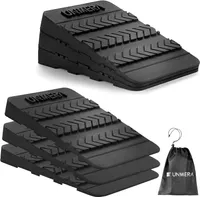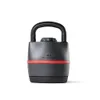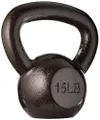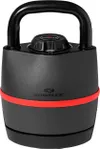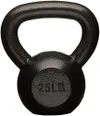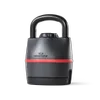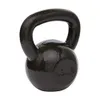
Barbell squats, lunges, and deadlifts are brilliantly effective at strengthening your core, hips, glutes, and legs during lower-body workouts. You can load endlessly and pack on weight as you get stronger, but what if you don’t have access to barbells?
The workout below requires a set of the best kettlebells, four leg exercises, and 30 minutes of your time. You can perform the workout if you’re a kettlebell beginner, but we recommend starting with light weights and building as your experience improves.
What are the 4 kettlebell leg exercises?
We’ve chosen a kettlebell exercises that emphasize each lower body muscle group, including your glutes, quads, hamstrings, hips, and calves, also building a stronger core while you work. If your gym goals this year include strengthening and building seriously popping muscle definition in your legs, these exercises are a must-try.
How you choose the kettlebell is entirely up to you, but make sure the last few reps of each move feel tough to complete. If you’re cruising through your reps, add weight, sets, or reps to increase the intensity.
Beginners: we strongly recommend learning how to hold a kettlebell properly if you’re still getting up to speed with your grips. Believe it or not, how you hold your kettlebell matters and will help you develop proper movement patterns and efficiency with the bell without hurting your wrists.
Quad focus: kettlebell leg extensions
The goal of the leg extension exercise is knee extension, which means your quads will fire up considerably. Sit on a chair or bench, then hook your foot through the kettlebell window on the floor in front of you. Bend your knees, sit tall and engage your core, bracing your torso nice and tight. Avoid leaning forward or backward, and check that the crease of your knee rests on the seat.
From this starting position, extend your leg away from you to hip height, pause, and then lower your leg again. Avoid swinging your leg or throwing your weight forward — the entire move should feel controlled from start to finish.
Get instant access to breaking news, the hottest reviews, great deals and helpful tips.
- 8-10 reps per leg x 3-4 sets
Hamstring focus: toes elevated goblet squat

Elevating your toes helps emphasize the glutes and hamstrings. We recommend using a squat wedge if you have one or plates if you don’t. Stand with your feet hip-width apart and grip the kettlebell close to your chest using a goblet squat hold.
Elevate your toes so you can drive down deeper into your heels, and use the front load counterbalance of the kettlebell to help you stay upright and drive vertically.
Squat wedge block: was $45 now $39 @ Amazon
Elevate your workouts as well as your feet with Amazon's Choice squat wedge blocks. Perfect for elevating your heels or toes during squats and deadlifts.
Perform your squat, keeping the chest lifted and spine neutral without rounding your back or shoulders. Lower until your thighs are parallel to the floor, then drive upward through your feet to stand, extending the hips as you do. Brace your stomach throughout to help maintain core tension.
- 8-10 reps x 3-4 sets
Posterior chain: staggered-stance Romanian deadlift (RDL)
The hip hinge helps target the posterior chain muscles that run down the back of your body, including your lower back, glutes, hamstrings, and calf muscles. Your core and hip flexor muscles also see some action throughout.
If you have a squat wedge, elevate your back heel, but this is optional. Stand with your feet hip-width apart and step your right foot back while keeping your hips square. Position the toes of your back foot to align with the heel of your front foot.
Hold a kettlebell in your right hand, engage your core and lats (large muscles that run down the sides of your back), and stand tall. Hinge forward at your hips and maintain a flat back as you lower the kettlebell toward the floor. Squeeze the glute of your standing leg and get that stretch down the back of your front leg.
Don’t drop too far — wait until you feel a gentle pulling activation in your hamstrings, then drive upward to stand and extend your hips. Isolating one side at a time helps you fully load into your working leg. Learn more about the staggered-stance RDL to help keep your form in check.
- 8-10 reps per leg x 3-4 sets
Glutes and adductors: Cossack squat
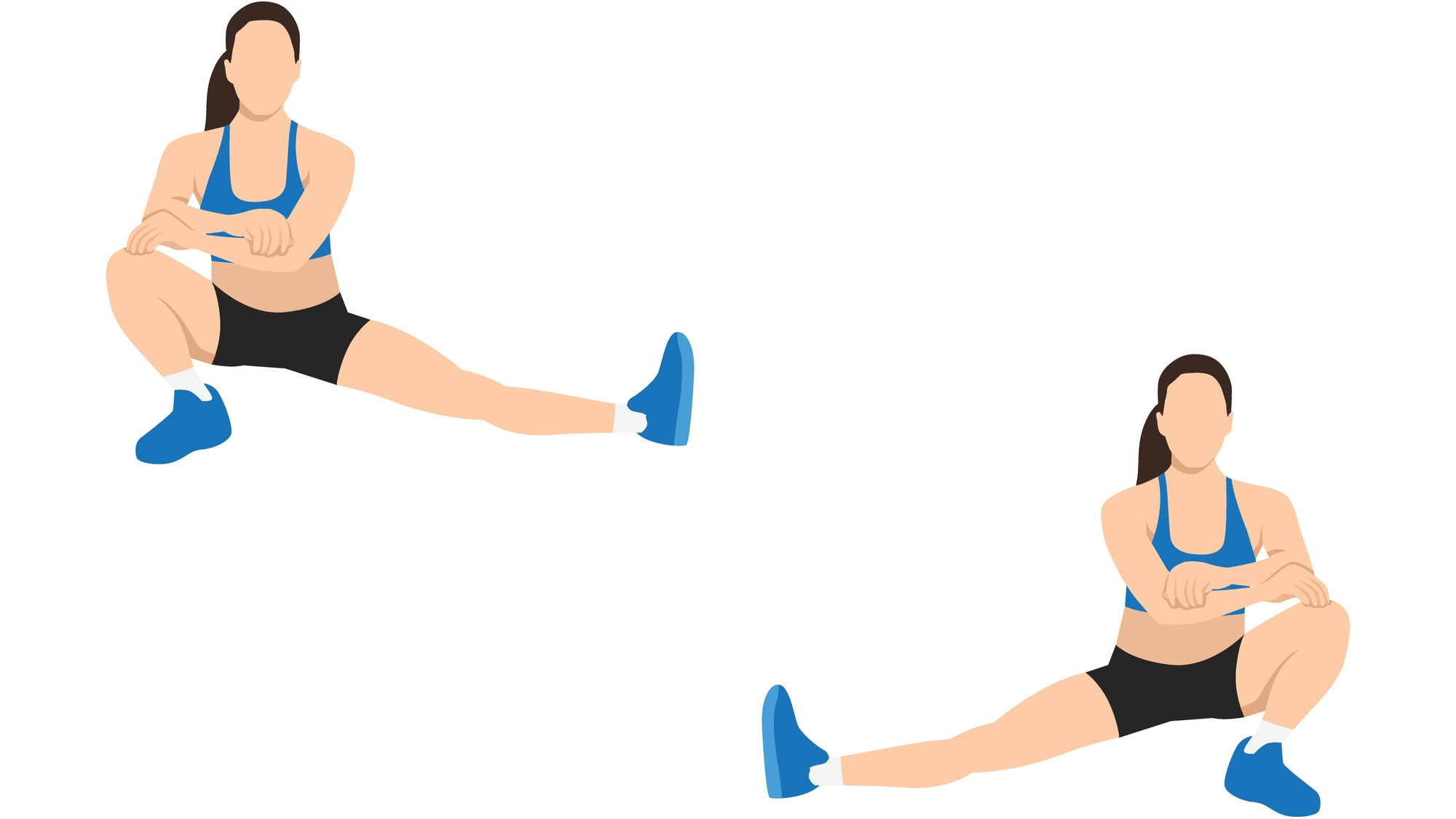
The Cossack squat builds lower body strength with a strong gluteus medius (outer glute) and adductor (inner thigh) focus while improving mobility and flexibility in the hips, lower back, knees, and ankles.
It requires core strength and a bucket load of practice to help achieve full depth in the squat and gets used frequently during strength training warm-ups to help open the hips and groin before workouts.
Hold a kettlebell to your chest in the goblet hold position and stand with your legs wide and toes pointed forward. Brace your stomach, bend your left knee, and send your weight to the left into a side squat. Your opposite leg should be straight, and your toes pointed upward.
Sit into your left heel and drive your bum down, lifting your chest and keeping your spine neutral. Push through your left leg to stand, then repeat on the right side.
- 8-10 reps per leg x 3-4 sets
More from Tom's Guide
- You don’t need the gym to build upper body muscle — just 8 exercises and a set of dumbbells
- I did 50 crossbody push-ups every day for a week, here's what happened
- Forget ab exercises — this full-body kettlebell workout strengthens your core in 4 moves and 8 minutes

Sam Hopes is a level 3 qualified trainer, a level 2 Reiki practitioner and fitness editor at Tom's Guide. She is also currently undertaking her Yoga For Athletes training course.
Sam has written for various fitness brands and websites over the years and has experience across brands at Future, such as Live Science, Fit&Well, Coach, and T3.
Having coached at fitness studios like F45 and Virgin Active and personal trained, Sam now primarily teaches outdoor bootcamps, bodyweight, calisthenics and kettlebells.
She also coaches mobility and flexibility classes several times a week and believes that true strength comes from a holistic approach to training your body.
Sam has completed two mixed doubles Hyrox competitions in London and the Netherlands and finished her first doubles attempt in 1:11.

